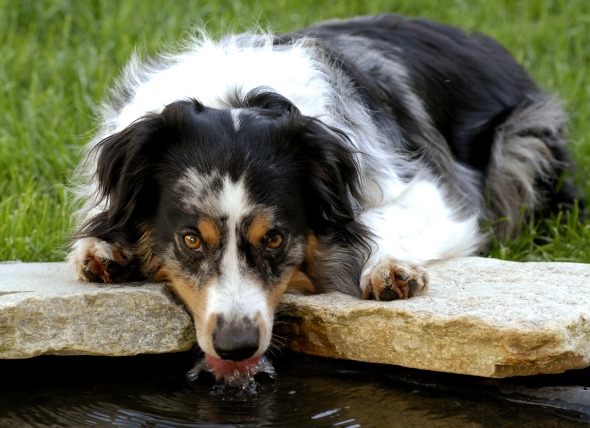

When the body is deficient in iron, red cells do not develop as they should. The lack of iron causes the cells that are produced by the bone marrow to be too small, and too low in oxygen-carrying features. In adult dogs, this condition is usually caused by some kind of blood loss. It is important to recognize iron-deficiency anemia, because the underlying disease can be life-threatening.
The most common site of the blood loss is the gastrointestinal tract. It is fairly common in adult dogs.
The condition or disease described in this medical article can affect both dogs and cats. If you would like to learn more about how this disease affects cats, please visit this page in the PetMD health library.
Your veterinarian will first address the underlying disease; it must be corrected as quickly as possible. If the anemia is severe, your dog will need a transfusion of whole blood, or packed red blood cells. Iron replacement therapy will begin with an injection, and will be followed by oral iron supplements.
Dogs with severe iron deficiency are not able to absorb iron very well, so oral supplements do not help much until iron levels have been brought up. For that reason, the iron will be either administered through an IV or injected until some replacement has occurred. This will take at least a month and up to two months. Iron supplements will then be administered orally for another one to two months, or until the iron deficiency has been resolved.
You will need to take your dog to the veterinarian for iron injections regularly for up to two months. Afterwards, you will need to administer the oral medication for another one to two months. Frequent clinical tests are conducted to monitor the dog’s progress. And a complete blood count should be taken every one to four weeks.
If the anemia is severe, more frequent monitoring will be necessary. Your veterinarian will be looking for an increase in the volume of cells in the blood. Protecting your pet from other animals until it get stronger is vital. Keeping it in a cage, at least part of the time, is a good way to accomplish this.
 Low Blood Potassium in Dogs
Hypokalemia in Dogs
Hypokalemia refers to lower t
Low Blood Potassium in Dogs
Hypokalemia in Dogs
Hypokalemia refers to lower t
 Prostate Gland Enlargement in Dogs
Benign Prostatic Hyperplasia in Dogs
The prostate
Prostate Gland Enlargement in Dogs
Benign Prostatic Hyperplasia in Dogs
The prostate
 Fluid in Abdomen in Dogs
Ascites in Dogs
Ascites, also known as abdominal
Fluid in Abdomen in Dogs
Ascites in Dogs
Ascites, also known as abdominal
 Flatworm Parasite (Heterobilharzia) in Dogs
Heterobilharzia americanum Infection in Dogs
Hete
Flatworm Parasite (Heterobilharzia) in Dogs
Heterobilharzia americanum Infection in Dogs
Hete
 E. Coli infection in Dogs
Colibacillosis in Dogs
Colibacillosis is a diseas
E. Coli infection in Dogs
Colibacillosis in Dogs
Colibacillosis is a diseas
Copyright © 2005-2016 Pet Information All Rights Reserved
Contact us: www162date@outlook.com